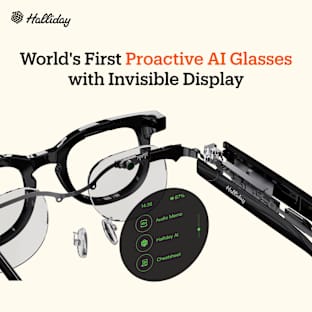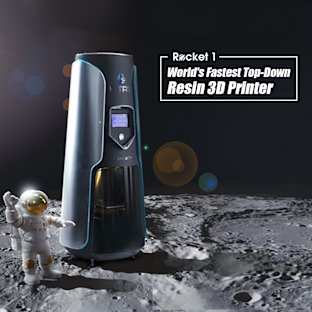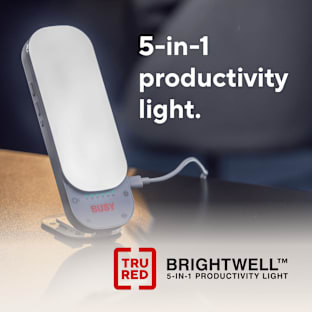Good news everyone! We're funded! Check the update page for more info -- Hugh
The question
It seems like a simple question, why do so many of our wireless conveniences like Wi-Fi and Bluetooth work on such a particular frequency? There's so many frequencies available, yet somehow they all ended up there.
I'm writing a masters thesis on interference between wireless systems, and as soon as I began writing my introduction, explaining that these things interfere because they're all on the same frequency band, I stumped myself by wondering why that was.
Being a student, I had time, being an engineer, I had knowledge and being slightly crazy I had the insatiable desire to know why.
What we know
Most techies, when asked would tell you it's because of microwave ovens; and they're partly right, but microwaves as we know them didn't exist when these frequencies were laid down, and anyway, microwave ovens can work on pretty much any frequency between 1 and 20 GHz.
I did my digging, and found the original microwave oven patent calls for frequencies around 3GHz - so why 2.4?
I've done a lot of research across old documents (1940's) made available by groups like the ITU and the FCC. Unfortunately the trail leads definitively into FCC territory, and the last piece of the question, the documents describing the hearings that led up to the decision, are not available online.
The next step
I enquired to the FCC and was directed to their contracted record management company, who said that for a fee, they can try to locate such documents. Here I've hit a wall, the researcher I contacted suggested that it might take quite a while to come up with the documents, and their company charges by the hour. I'm not rich enough to spend such a chunk of cash on chasing this whimsy, but I hope that enough tech fans will be curious enough to chip in to make it happen.
Here's my email to the company:
Hello,
I am interested in the rationale for the choice of the 2400-2500Mhz band as an ISM (industrial, scientific and medical) band.
I have extensively researched this myself but suspect that an internal docket may hold the authoritative explanation.
The following information may guide any search:
Page 396 of the 1945 FCC yearbook contains the table of frequency allocations in which 2300-2500 is designated for air navigation.
An update to this table, published June 27 1946, which I believe is associated with docket 6651, reallocates 2300-2450 as amateur and 2450-2700 as 'fixed mobile'.
In the proceedings of the 1947 Atlantic city ITU conference, the US representative specifically requests that 2450mc (megacycles) +- 50mc be allocated for ISM use.
From the proceedings: "The delegate of the United States, referring to his request that the frequency 2450 Mc/s be allotted for I.S.M., indicated that there was in existence in the United States, and working on this frequency a diathermy machine and an electronic cooker, and that the latter might eventually be installed in transatlantic ships and aeroplanes. There was therefore some point in attempting to reach world agreement on this subject."
I believe the representative was referring to the Raytheon RadarRange, the first commercial microwave oven. The patent for the microwave oven claims that frequencies on the order of 10cm are appropriate (3000Mhz) but does not explicitly state that 2450 has been chosen.
I suspect that the FCC's rationale for standardising on 2450 was related to the operational parameters of the RadarRange, but details of what frequency it operated on do not appear to be available.
The 1947 annual report of the FCC contains the following paragraph in the ISM section:
"Public hearings on these proposed regulations, participated in by medical, industrial, and other interested parties, were held in December 1946. The resultant rules were adopted May 8, 1947, and became effective June 30 following."
The 1946 report contained no reference to ISM.
This is as much information as I have been able to gather from the scanned documents present on the FCC's server. It seems likely that in the above mentioned hearings, some reference to Raytheon, the RadarRange, or the usage of 2000 to 3000Mhz for industrial heating would be discussed.
As the 2400-2500 band is used by most modern consumer wireless equipment such as wifi, bluetooth and dect, it is surprising that its origins are not more clear.
I am conducting this research as part of a masters thesis and am able to accommodate reasonable expense, however given the difficulty I have faced in getting this far I am sceptical that the answer to my query will be particularly easy to find. For this reason I would appreciate if I could be contacted before the costs become considerable.
Thank you for your time,
I look forward to hearing from you,
Hugh O'Brien
University of Limerick
Ireland
The response:
Here at <company name| google for 'fcc document contractor' > we charge 50 per hour for normal (non-rushed) requests with a minimum of a 1 hour charge. In addition to that there is a 10 dollar delivery fee for each E-Mail we send that has attachments (the file you requested) as well as 30 cents per page of said file. To be completely honest I am not sure where I would even begin researching a request like this or if the documents you are looking for even exist. It would likely take me several hours to even get close to useful information
Funders
What will funders get? Not much in material terms, but I'll certainly keep everyone informed of any corrospondence between myself and the company, and I'm happy to chat about any questions that might pop up. The relevant section of my writeup is linked below. Mostly though, you'd be answering a difficult but answerable question that has been never properly been answered, despite affecting the life of almost every modern technology user.
Edit: In case it wasn't clear, all communication to and from the company, and any documents found will be made available to the funders, and unless some obscure law prevents it, the public. Documents created by the US government are not subject to copyright so I don't forsee any issues, and given the historical nature of this research it doesn't seem likely that anyone involved is still about to object. (Though I'm following other leads in case such a person is still kicking and up for answering the question).
I've set the funding goal at $500, which I think should be enough based on what the researcher has said. That's only ten hours of research time, I've spent two or three times that to get this far, but they've got the archives! Whatever the amount raised, it will all go to paying for the researchers in the FCC archives.
Finally
There really is no other way forward, as the company's site says:
"We have full & exclusive access to
all FCC Communications files & documents."
Here's the relevant section of the thesis, in case you'd like to read more: Appendix A: Origins of the 2.4GHz Band
Thanks for reading, please feel free to ask me anything, and if you think this is worth funding I'm sure you can think of a friend or collegue who might think the same.
Thank you for supporting my lunacy,
Hugh
Email Me
Good news everyone! We're funded! Check the update page for more info -- Hugh













































